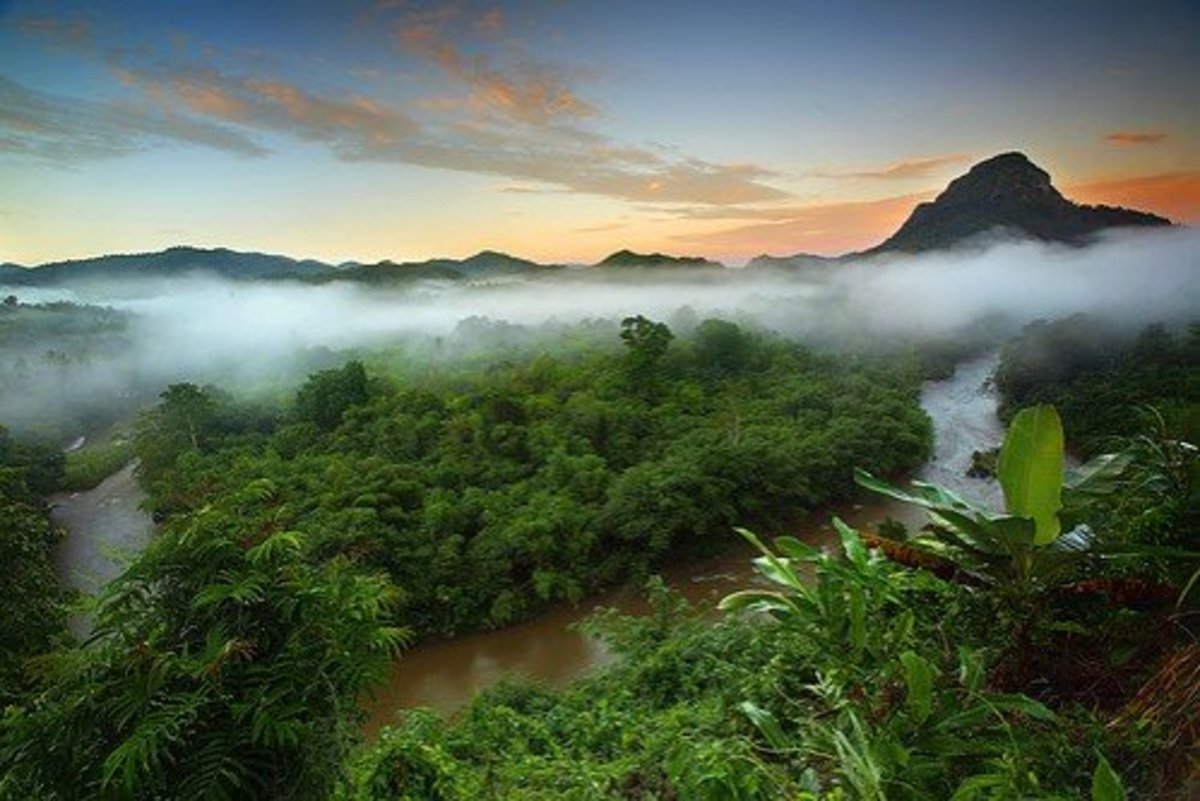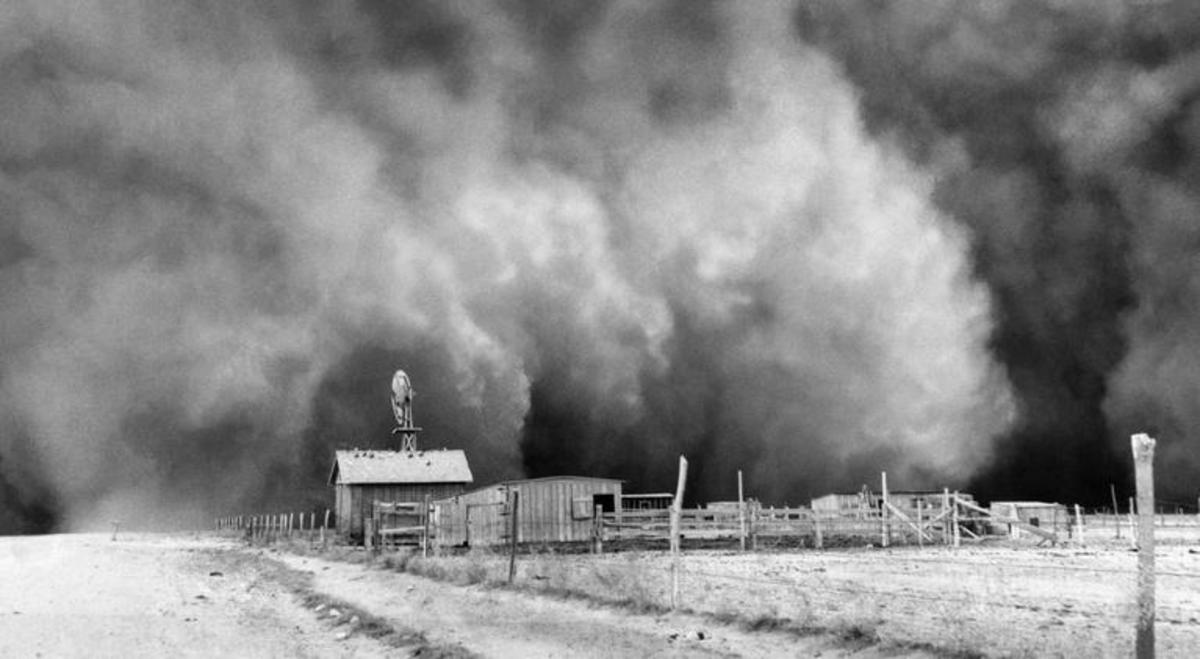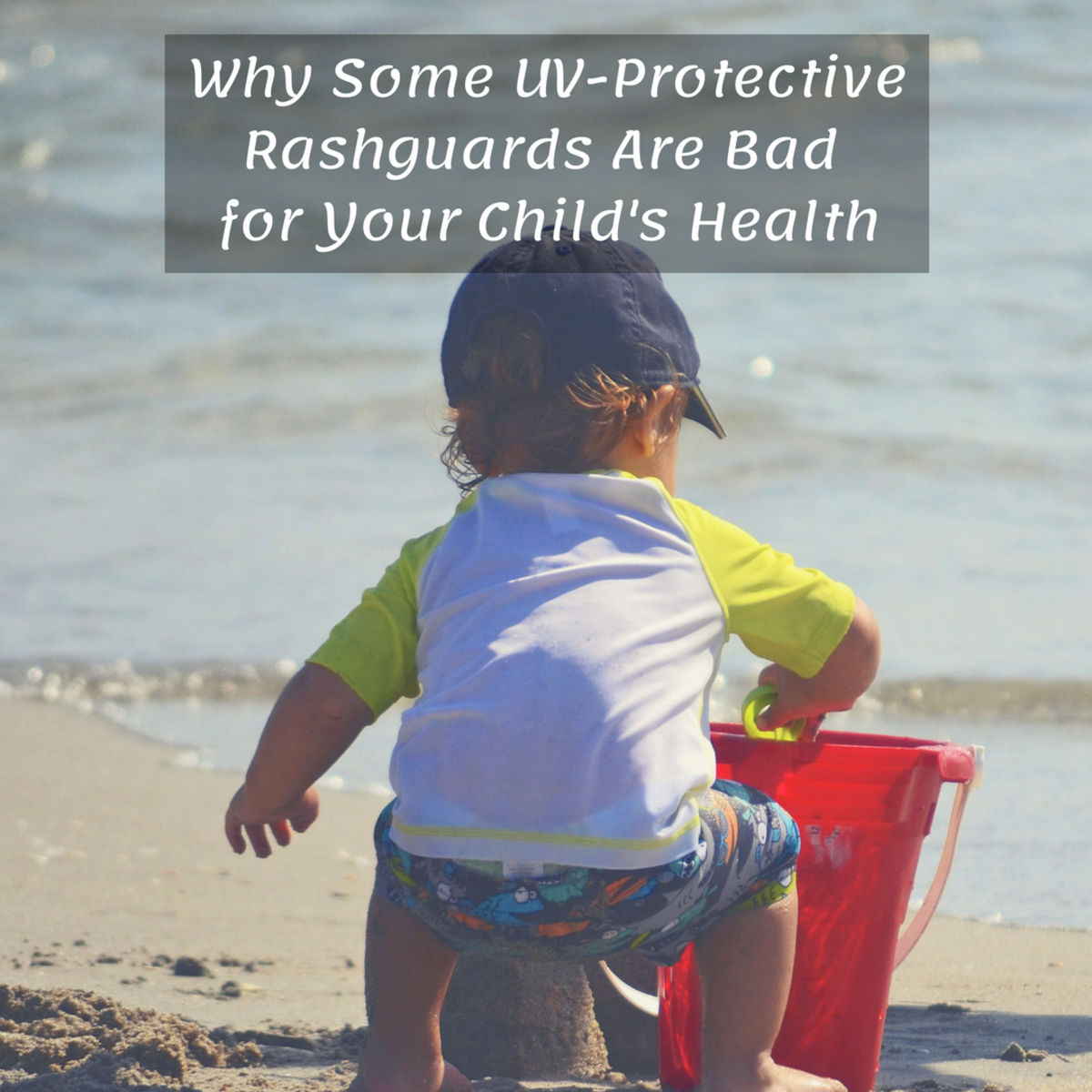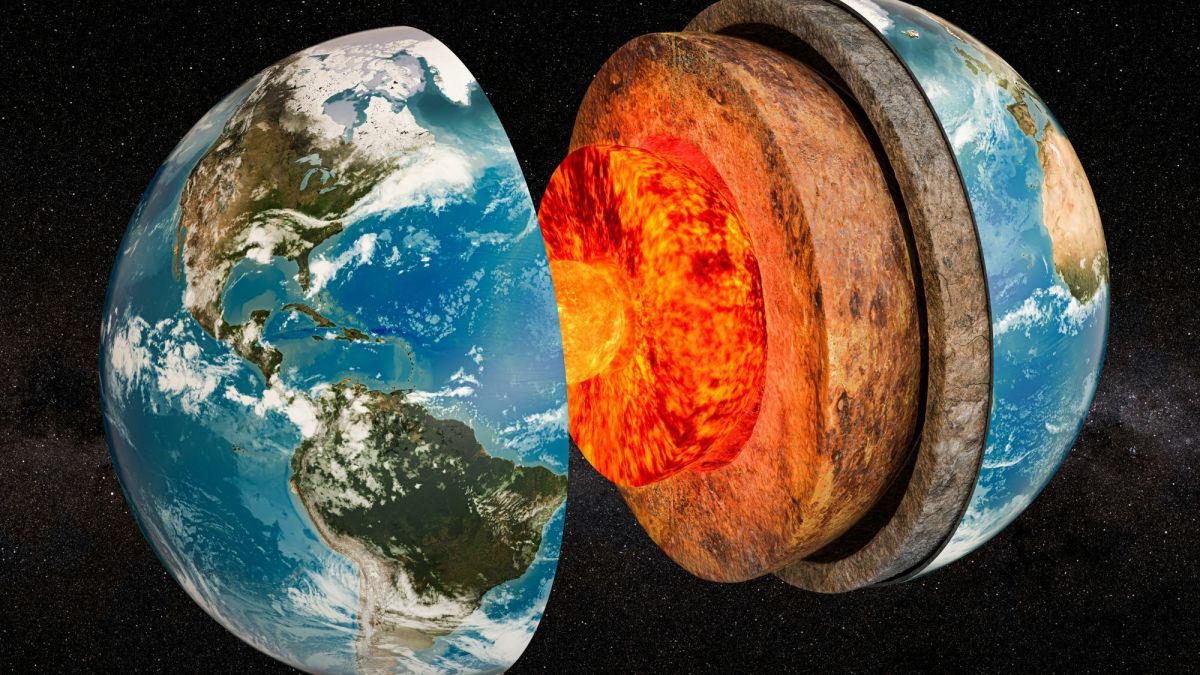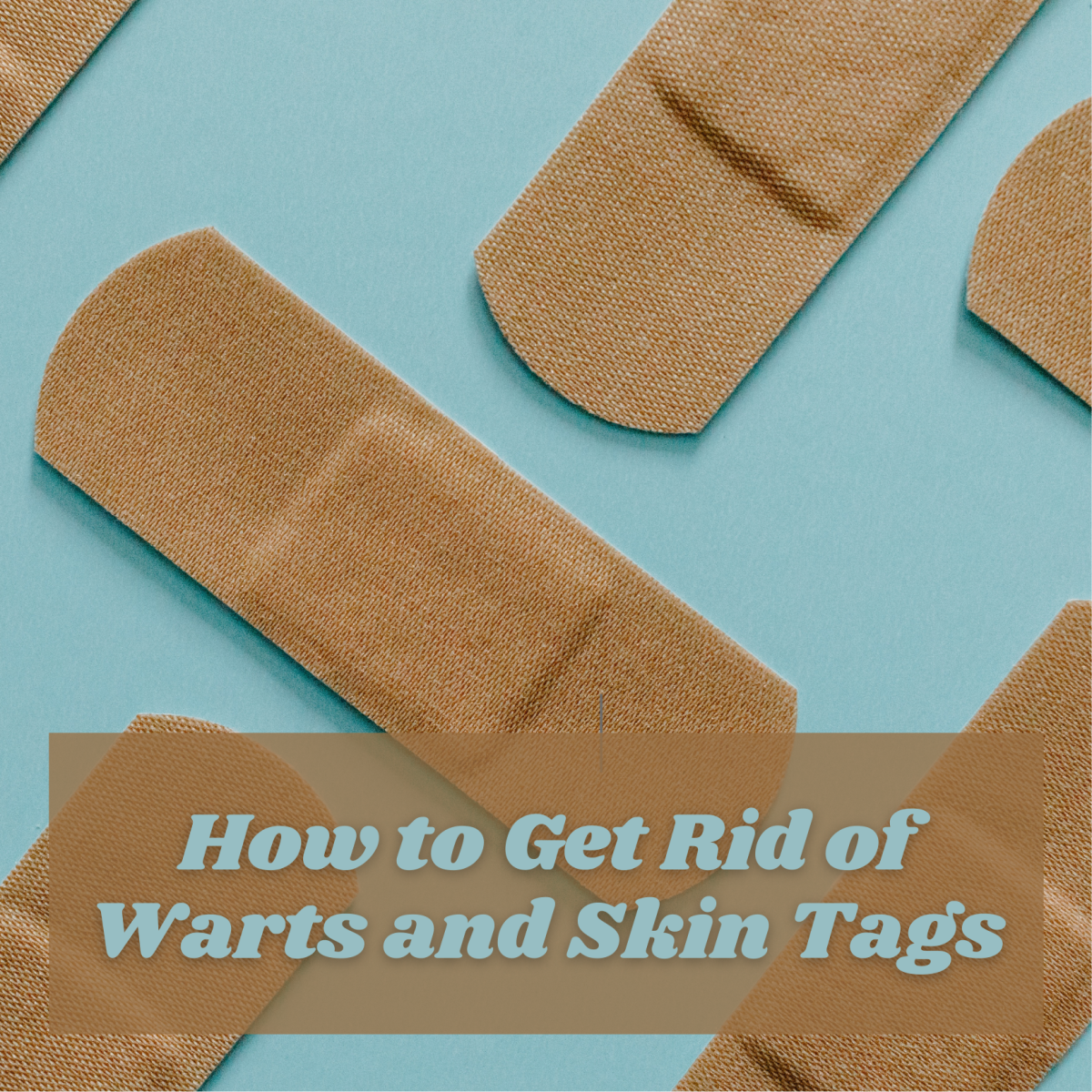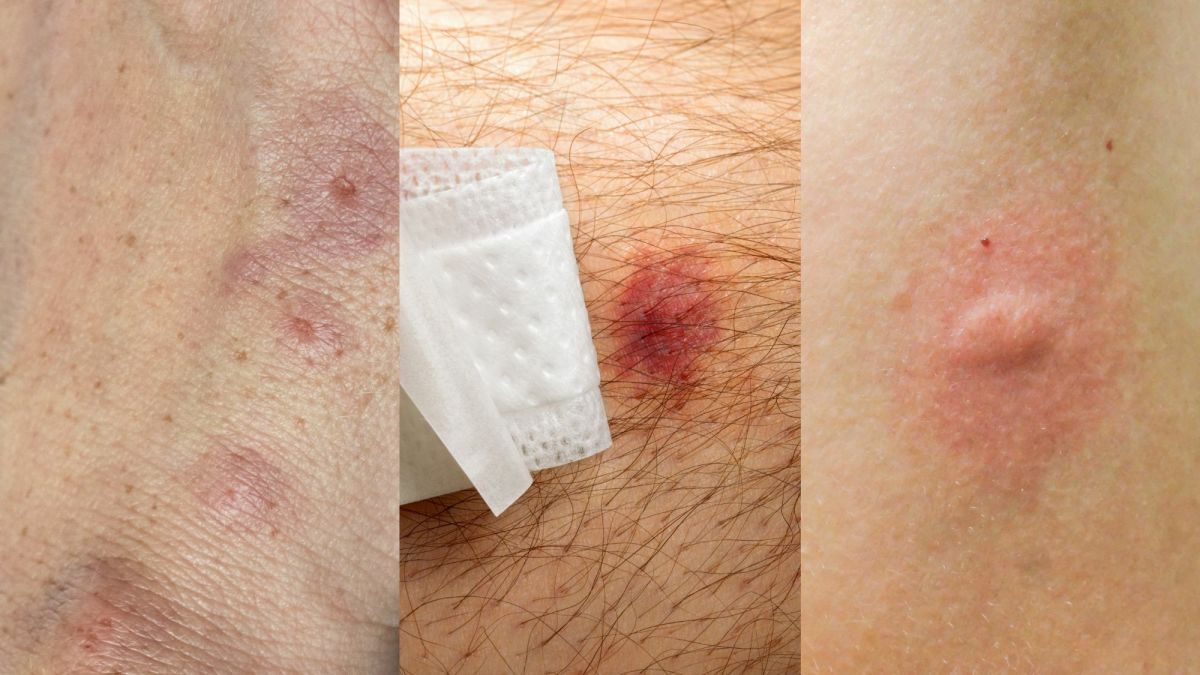Eco-Friendly Atmospheric Ozone | Protective Nature of Ozone | Greenhouse Gases What We Must Know
Up within our sky is a rare chemical that is perhaps more valuable than all the gold and diamonds we could mine here on earth. It is a chemical that is even more valuable than all the oil for our homes and automobiles. What is this chemical that is more precious than gold, silver and even oil? It is the region of the upper atmosphere that contains an allotrope of oxygen – the region of the stratosphere that contains a very rare chemical reaction with oxygen known as ozone.
Why is this rare chemical so valuable to the surface of earth and its inhabitants? Because it is this region of the upper atmosphere (the lower atmosphere is called the tropospheric ozone, the upper atmosphere is called the stratosphere) that blocks harmful UV rays from the sun. Ozone is also a valuable sanitizer that Mother Nature uses that helps all plants and animals.
Ozone plays three roles in the atmosphere. In our earth’s atmosphere:
1.) Ozone sanitizes and
2.) Ozone protects the earth from deadly UV rays. In the lower atmosphere, ozone
3.) Ozone adds to the greenhouse gases, keeping the earth warm.
Journey with us as we explore in more detail the many benefits of this rare and wonderful chemical; learn about man-made ozone and the transitions it has made and its many uses.

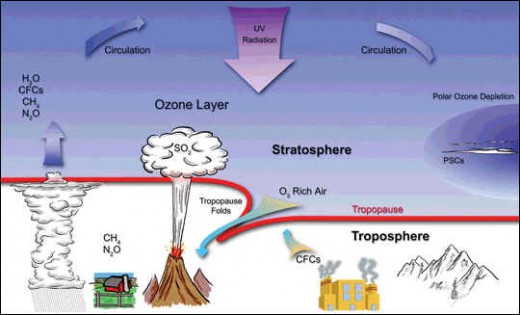
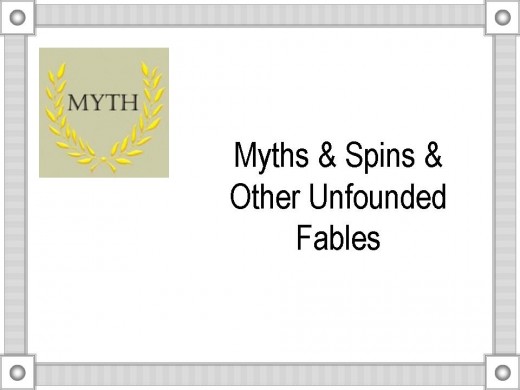
What does atmospheric ozone have to do with food safety? Allot. Ozone is the second strongest natural antimicrobial known to mankind. And while the ozone layer is simply a metaphoric term, the activity in the ozone layer or this region of the atmosphere is the same progress for food sanitizers that use ozone. Food sanitizers that utilize layered ozonated water serve two purposes - delivering: 1.) a natural non-chemical method to sanitize foods and 2.) delivering pure, fresh drinking water. What are the truths and misconceptions about atmospheric ozone? Let's explore.
Misconceptions of Atmospheric Ozone
Myth #1 Ozone is Smog - Not True - Ozone is Not the Same as "SMOG"
No! "Smog" is air pollution created by combustion polluters. While smog contains small amounts of ozone, it is largely composed of harmful chemicals such as carbon monoxide. In fact, smog and other pollutants may contribute to the damage of the ozone layer.
Pollutants cannot be measured readily in the lower atmosphere but ozone can be measured. The ozone in the lower atmosphere is caused by the pollutants.
Myth #2 Ozone is a Layer - Not True - Ozone is a Region of the Atmosphere
9-34 miles above us is a different part of our atmosphere commonly referred to as "ozone layer". This is a layer that protects the earth from the orbiting sun.
The ozone layer is the protective layer, it is the part of the atmosphere that is sterilizing - a natural disinfectant made by Mother Nature.
How is the ozone created and disappearing
What is the ozone?
Ozone is a gas composed of three oxygen atoms (O3). It is formed naturally in the upper levels of the earth's atmosphere by high-energy ultraviolet radiation from the sun. The radiation breaks down oxygen molecules (O2), releasing free atoms (O), some of which bond with other oxygen molecules to form ozone (O3). About 90 % per cent of all ozone in the atmosphere is formed in this way, between 15 and 55 kilometers above the earth's surface - the part of the atmosphere called the stratosphere. Hence, this is known as the "ozone layer."
Ozone Hole
The "ozone hole" is a misnomer. It is a rough way of explaining that the ozone layer is thinning or lessening the amount of protection it is providing to the earth. The loss of the thickness of this protective layer causes the earth to receive a higher concentration of UV-B rays.
The ozone hole is a region over the Antarctic with reduced ozone. In 1987, seventy nations throughout the world recognized the dangers of the depletion of this precious resource, this protective layer surrounding the earth and signed what is now known at the 1987 Montreal Protocol, a treaty to eliminate the production of CFCs by the year 2000.
Where are the CFCs - they exist mainly in the production of freon and other refrigerants.
Myth #3 Ozone is Always Unstable and Bad for Us - Not Always True
Ozone is often tauted as unstable and harmful. In large quantities this is true. But if we use ozone in our hot tub and ozone is authorized for use by the FDA, not all ozone is bad. In small quantities, ozone is beneficial.
Ozone is an essential shiled to the sun' harmful UVB ultraviolet radiation. Skin cancer is a major factor from too much exposure to UVB rays. Remember SPF is the coverage for UVA not UVB rays.
The atmospheric ozone layer serves as an essential shield for life on the surface of earth.

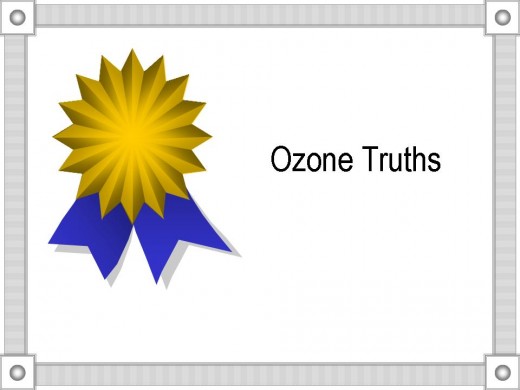
Ozone Truth - #1 Ozone like oxygen is necessary for life here on earth.
Without the protective area of the atmosphere with ozone, humans would not be able to live here on earth. The UV protection that the ozone provides is critical to life on our planet.
Ozone Truth - #2 Ozone is a Strong Antimicrobial
Ozone is the second most powerful sterilant in the the world - Mother Nature's method to eliminate bacteria, viruses and odors.
Ozone Truth - #3 Ozone Layer is Thinning
The earths ozone layer is thinning. CFCs scientists have found are depleting our ozone. Discovered in 1970 by a Dutch chemist Paul Crutzen we now know that ozone is depleted by chemical reactions. The emission of “halogen source gases” to the atmosphere has been proven to be harmful to this precious resource that protects the earth.
Chlorofluorocarbons (CFCs) which were once used in refrigeration and air conditioning systems, eventually reach the stratosphere, where they are broken apart to release ozone-depleting chlorine atoms. Other examples of ozone-depleting gases are the “halons,” which are commonly used in fire extinguishers and contain ozone-depleting bromine atoms.
Ozone Layer Depletion and the Montreal Protocol
- Ozone Layer Depletion and the Montreal Protocol
The atmosphere surrounding the earth is made up of several layers. These layers protect the earth and its inhabitants. The troposphere is the layer that we breathe. It goes about as high as the top of Mount...

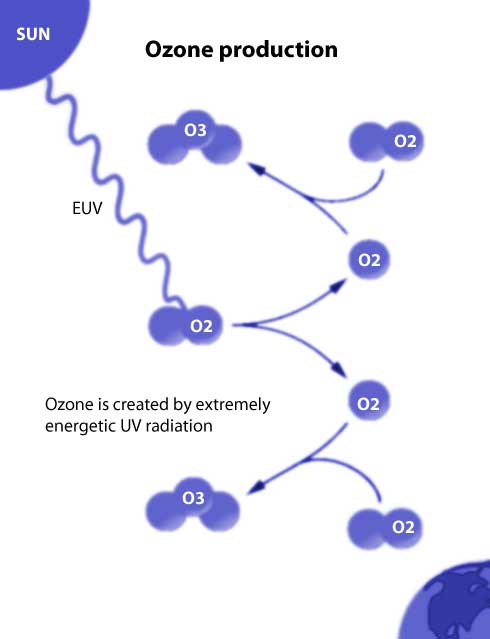
Ozone - Good and Bad
"Although ozone is essential in the stratosphere, in the troposphere it damages both plants and animals. Here the authors describe the visible symptoms of ozone injury in plants and discuss the physiology and chemistry of ozone damage to plant cells. They conclude by detailing their own recent work, which indicates that ozone interactions with biogenic hydrocarbons play a major role.
Ozone is an unusual gas in the atmosphere: its presence in the stratosphere is essential for terrestrial life since it efficiently absorbs ultra-violet …"
source: http://www.encyclopedia.com/
9-34 Miles Above Us - Ozone Layer
9-34 miles above us is a different part of our atmosphere commonly referred to as "ozone layer". This is a layer that protects the earth from the orbiting sun.
The ozone layer is the protective layer, it is the part of the atmosphere that is sterilizing - a natural disinfectant made by Mother Nature.
How is the ozone created and disappearing
What is the ozone?
Ozone is a gas composed of three oxygen atoms (O3). It is formed naturally in the upper levels of the earth's atmosphere by high-energy ultraviolet radiation from the sun. The radiation breaks down oxygen molecules (O2), releasing free atoms (O), some of which bond with other oxygen molecules to form ozone (O3). About 90 % per cent of all ozone in the atmosphere is formed in this way, between 15 and 55 kilometers above the earth's surface - the part of the atmosphere called the stratosphere. Hence, this is known as the "ozone layer."Ozone in the stratosphere absorbs some of the Sun’s biologically harmful ultraviolet radiation. Because of this beneficial role, stratospheric ozone is considered “good” ozone. In contrast, excess ozone at Earth’s surface that is formed from pollutants is considered “bad” ozone because it can be harmful to humans, plants, and animals.The ozone that occurs naturally near the surface and in the lower atmosphere is also beneficial because ozonehelps remove pollutants from the atmosphere. 2

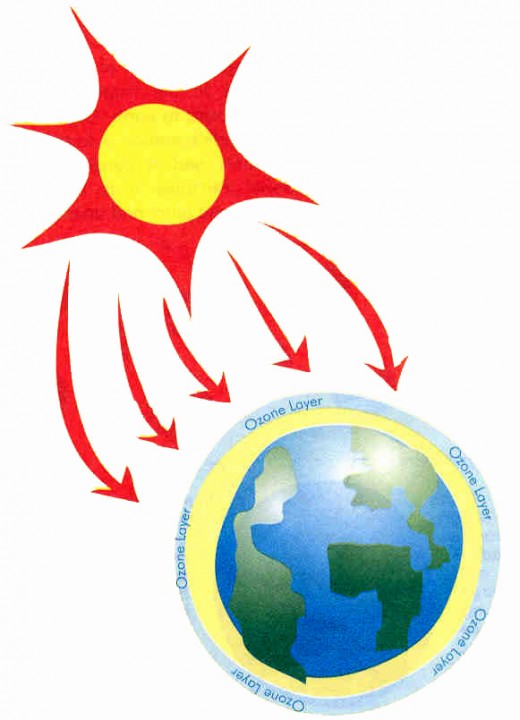
Ozone Hole
The "ozone hole" is a misnomer. It is a rough way of explaining that the ozone layer is thinning or lessening the amount of protection it is providing to the earth. The loss of the thickness of this protective layer causes the earth to receive a higher concentration of UV-B rays.
The ozone hole is a region over the Antarctic with reduced ozone. In 1987, seventy nations throughout the world recognized the dangers of the depletion of this precious resource, this protective layer surrounding the earth and signed what is now known at the 1987 Montreal Protocol, a treaty to eliminate the production of CFCs by the year 2000.
Where are the CFCs - they exist mainly in the production of freon and other refrigerants.



Smog = Visual Air Pollution
"smog [ sm oke+f og ], dense, visible air pollution . Smog is commonly of two types. The gray smog of older industrial cities like London and New York derives from the massive combustion of coal and fuel oil in or near the city, releasing tons of ashes, soot, and sulfur compounds into the air. The brown smog characteristic of Los Angeles and Denver in the late 20th cent. is caused by automobiles. Nitric oxide from automobile exhaust combines with oxygen in the air to form the brown gas nitrogen dioxide. Also, when hydrocarbons and nitrous oxides from auto emissions are exposed to sunlight, a photochemical reaction takes place that results in the formation of ozone and other irritating compounds. In some instances, atmospheric pollutants accumulate and become concentrated when air movement is stopped by a temperature inversion : Usually the air is warmer at the earth's surface..."
source: The Columbia Encyclopedia, Sixth Edition | 2008 | The Columbia Encyclopedia, Sixth Edition. Copyright 2008 Columbia University Press. Copyright

- 4 Myths About Ozone Water Exposed-Does Not Cure Canc...
Ozone water is a wonderful addition to the home, however, it frustrates me that there is so much misinformation permeating the Internet. In this brief article, I hope to dispel the myths and clarify what the new product can and cannot do. Ozonated wa - Ozone Molecules
The terms for ozone can be deceptive. Pollution reports ozone levels and yet the ozone is fighting the pollutants. - The Ozone Made Simple
Christian Friedrick Schonbein, a German chemist, discovered ozone in 1840. He discovered that ozone is composed of three oxygen molecules, unlike most forms of oxygen with only two molecules. The majority of... - Ozone Layer Depletion -Threat To The Earth's Protect...
The Ozone Layer protects us from Ultraviolet rays from sun .The new villain to the ozone layer is the climate change according to the latest study reports.It is not enough just to prevent the usage of... - Ozone Layer Depletion and the Montreal Protocol
The atmosphere surrounding the earth is made up of several layers. These layers protect the earth and its inhabitants. The troposphere is the layer that we breathe. It goes about as high as the top of Mount...
Protective Nature of Ozone Discovered 1881
- On the Absorption Spectrum of Ozone
The discovery of the absorption of the ozone region and ultraviolet light is credited to a paper written for the Journal of Chemistry in 1881 by W N Harley On the Absorption Spectrum of Ozone J. Chem Soc 1881
- Cutting out the chemicals : Nature News
Ozone experts are exploring ways to curb powerful greenhouse gases of their own making under the Montreal Protocol, arguing that direct regulation would be faster and cheaper than using carbon markets under a global climate treaty. Protocol...
- US pushes limits on ozone destroyer : Nature News
The United States is spearheading calls for the continued use of methyl bromide as a pesticide. Methyl bromide is the last ozone-depleting chemical remaining in widespread use and it was due to be phased out completely in developed countries this...

Take Our Quiz on Atmospheric Ozone - Test Your Knowledge
view quiz statistics
Atmospheric Science - Ozone on Amazon
In Appreciation of Photos and Diagrams
Diagram of Ozone Destruction provided by
http://www.theozonehole.com/ozonedestruction.htm
Ozone Unit Montenegro provided the Ozone Production Diagram
The Ozone Unit is established at theMinistry of Tourism and Environmental Protection of Montenegro. It became operational on September 2007.
The objectives of the Ozone Unit are:
- implementation CP and TPMP
- import/export permits for substances that deplete the ozone layer controlled under the Montreal Protocol and for equipment containing these substances
- monitoring and data collection of ODS consumption, initiating and proposing legal regulations and administrative measures supporting ODS phase-out; initiating an information programme for public awareness regarding the importance of ozone layer preservation
- exchanging information with other members of the MP, submitting annual report to the Ozone Secretariat.
http://www.ozoneunit.me/en/ozone/how-is-the-ozone-created-and-disappearing/
Ozone Protecting the Earth From the Sun Diagram
http://www.emb.gov.ph/philozone/template/ozone%20trivia_1.htm
1 2001 The Great Sources Science and Mathematics Professor Robert M. Hazen, professor at George Mason University The Teaching Company
2 http://www.esrl.noaa.gov/csd/assessments/2006/chapters/twentyquestions.pdf
© 2010 Kelly Kline Burnett


